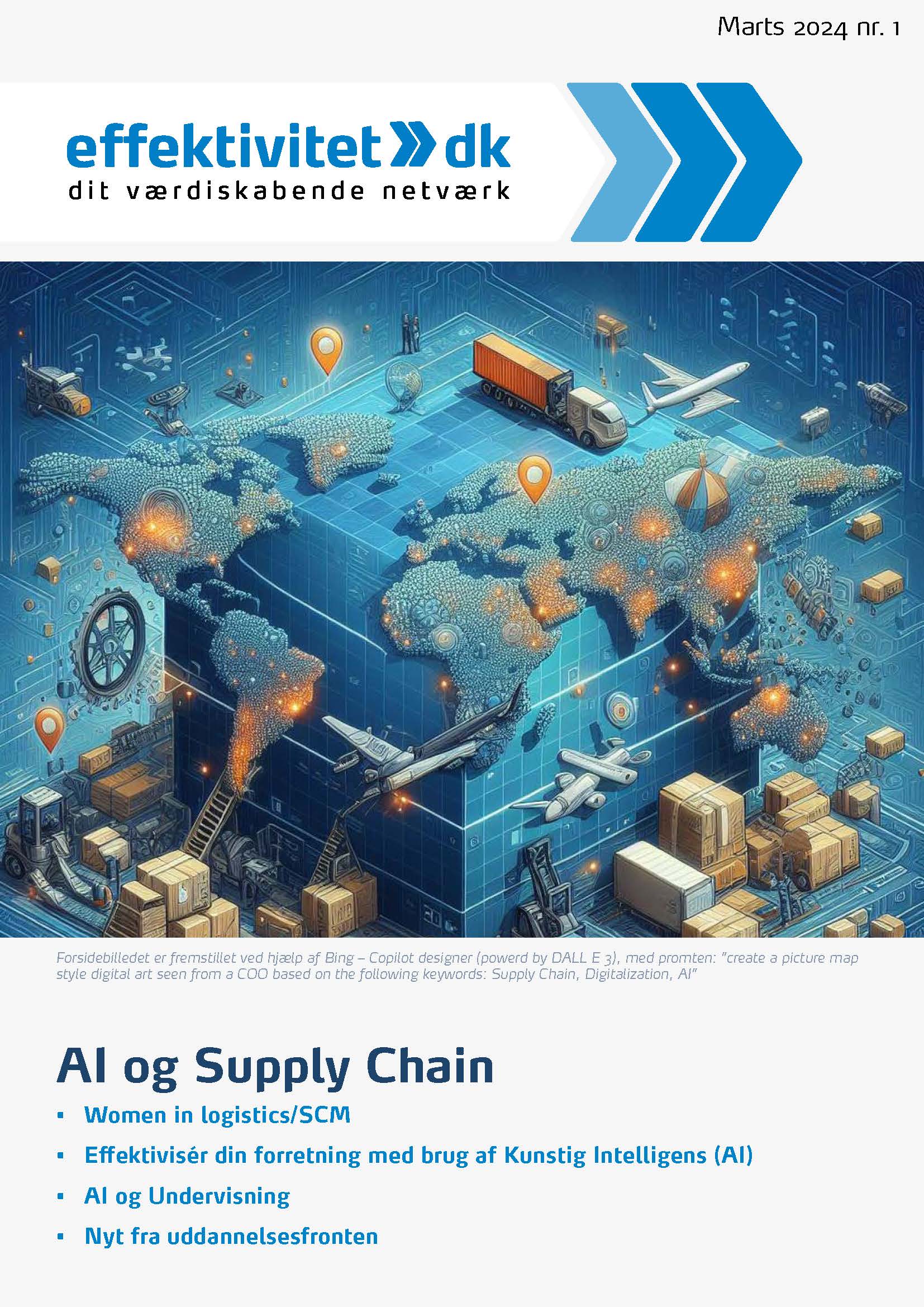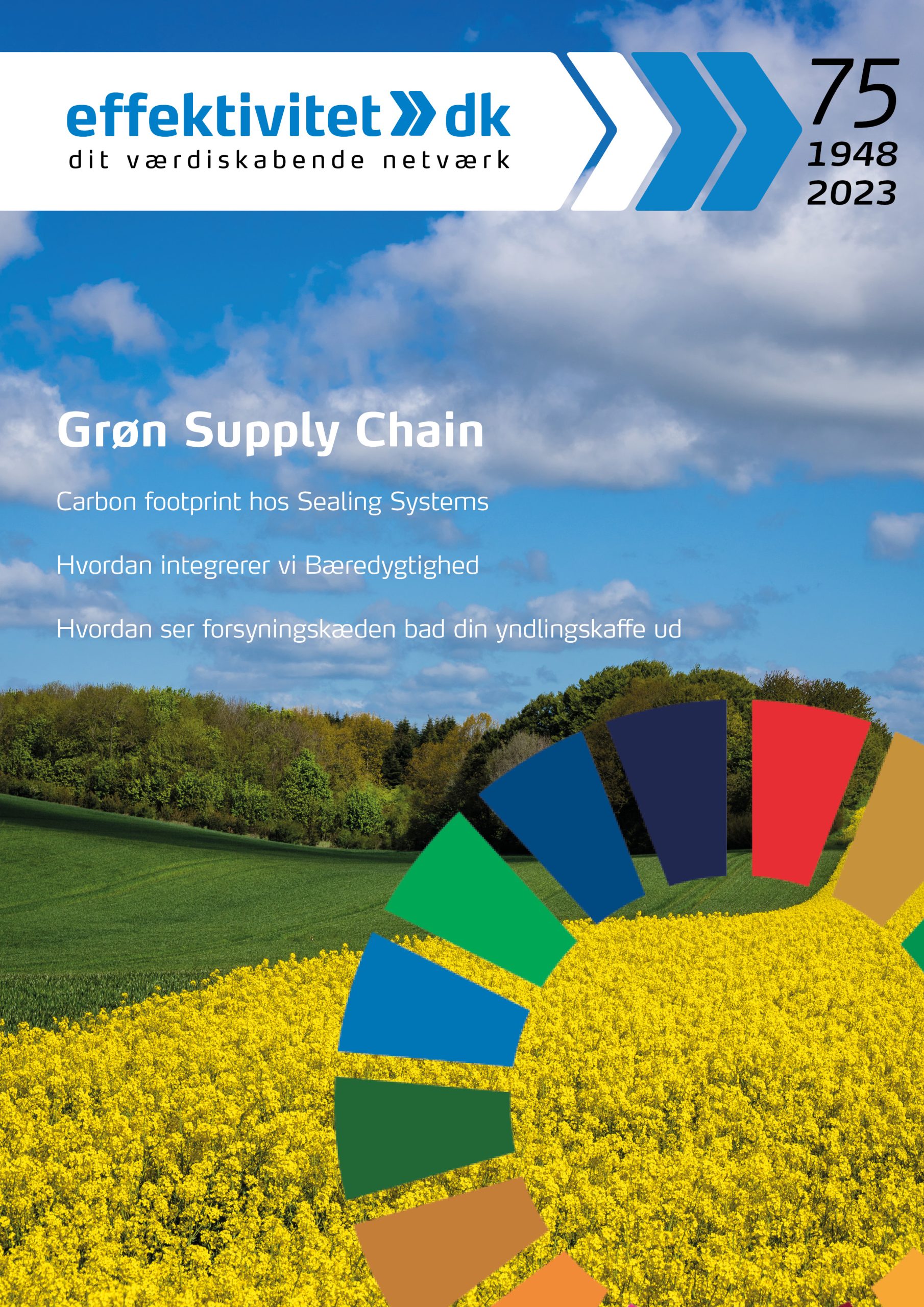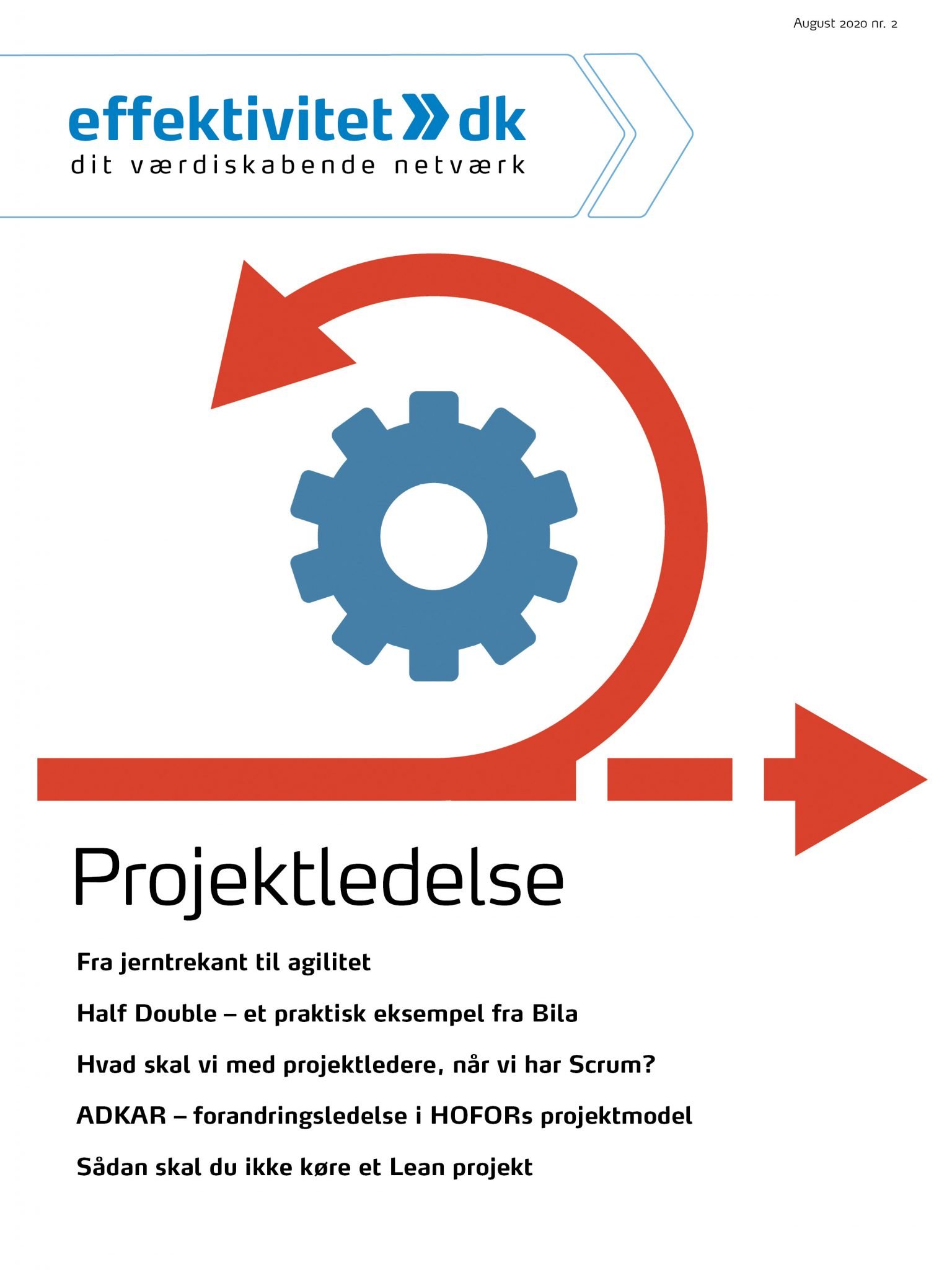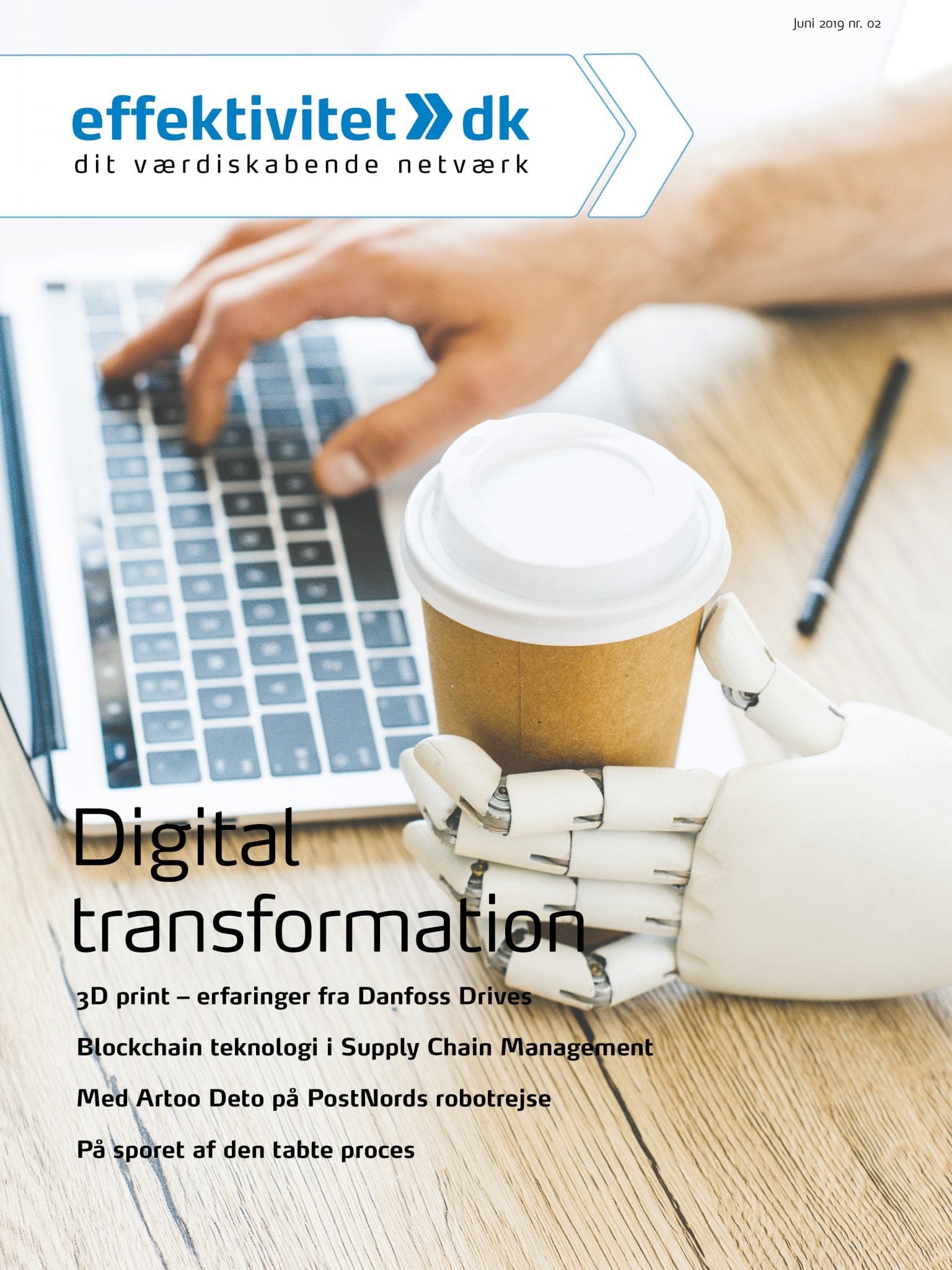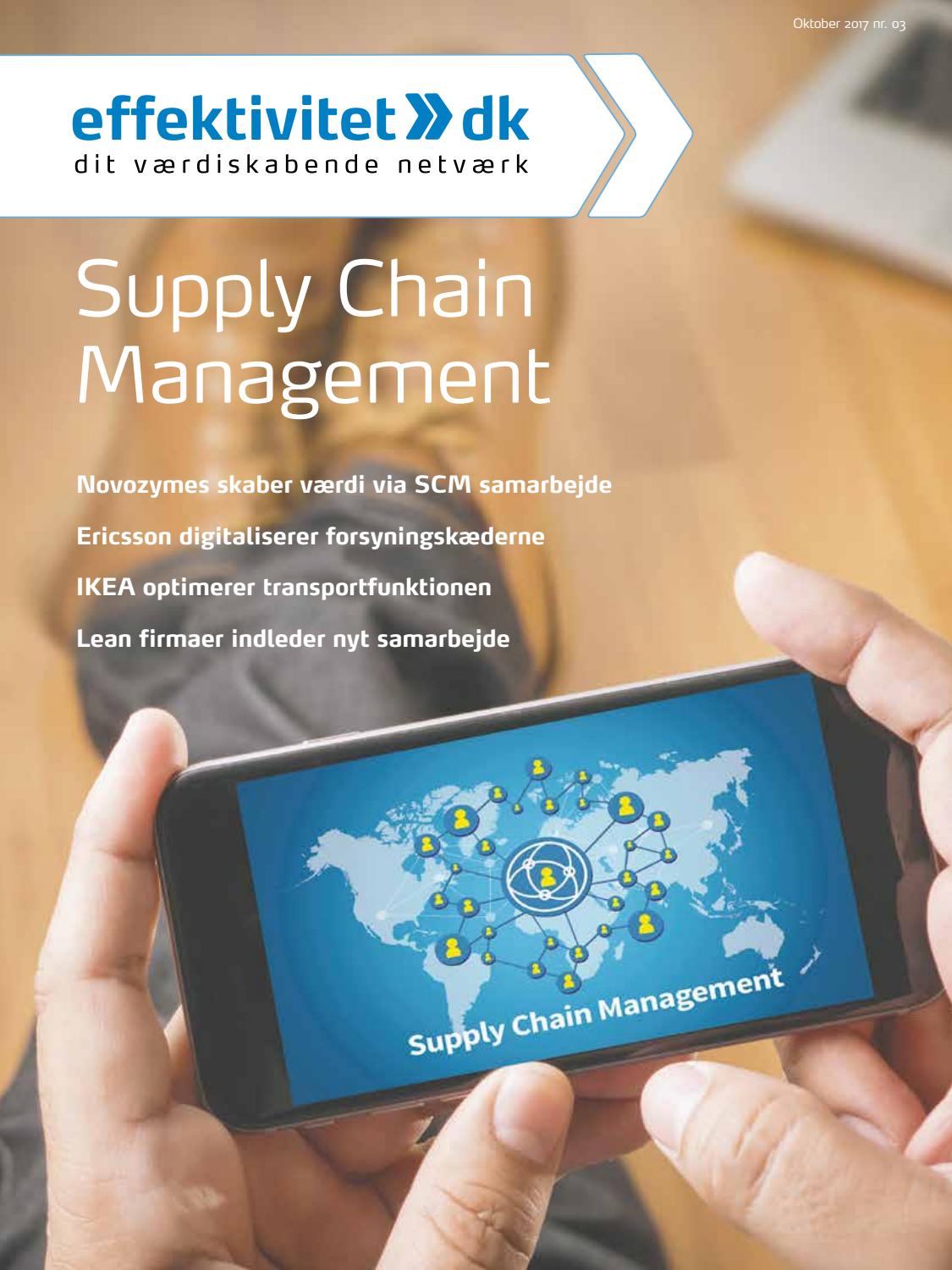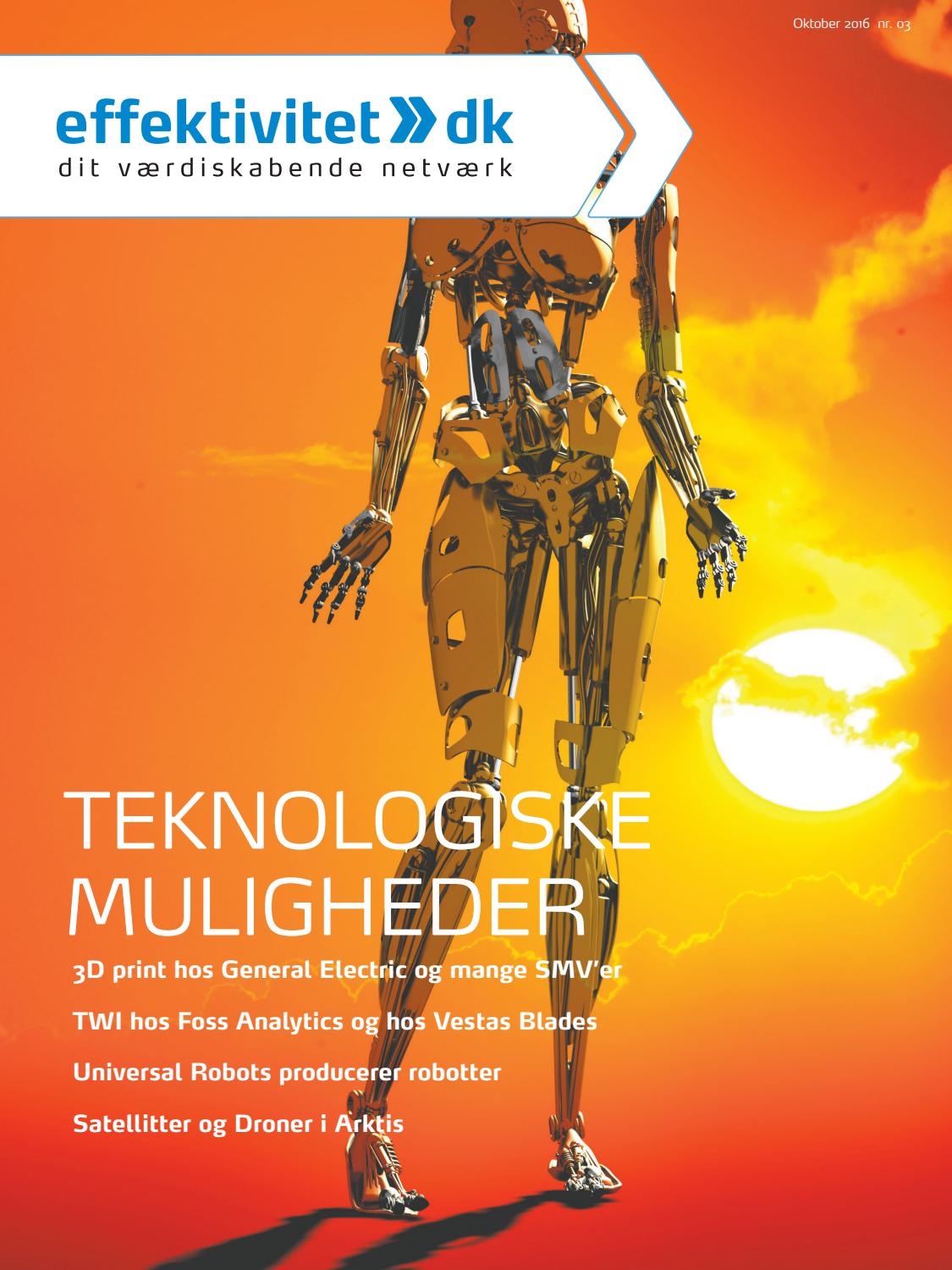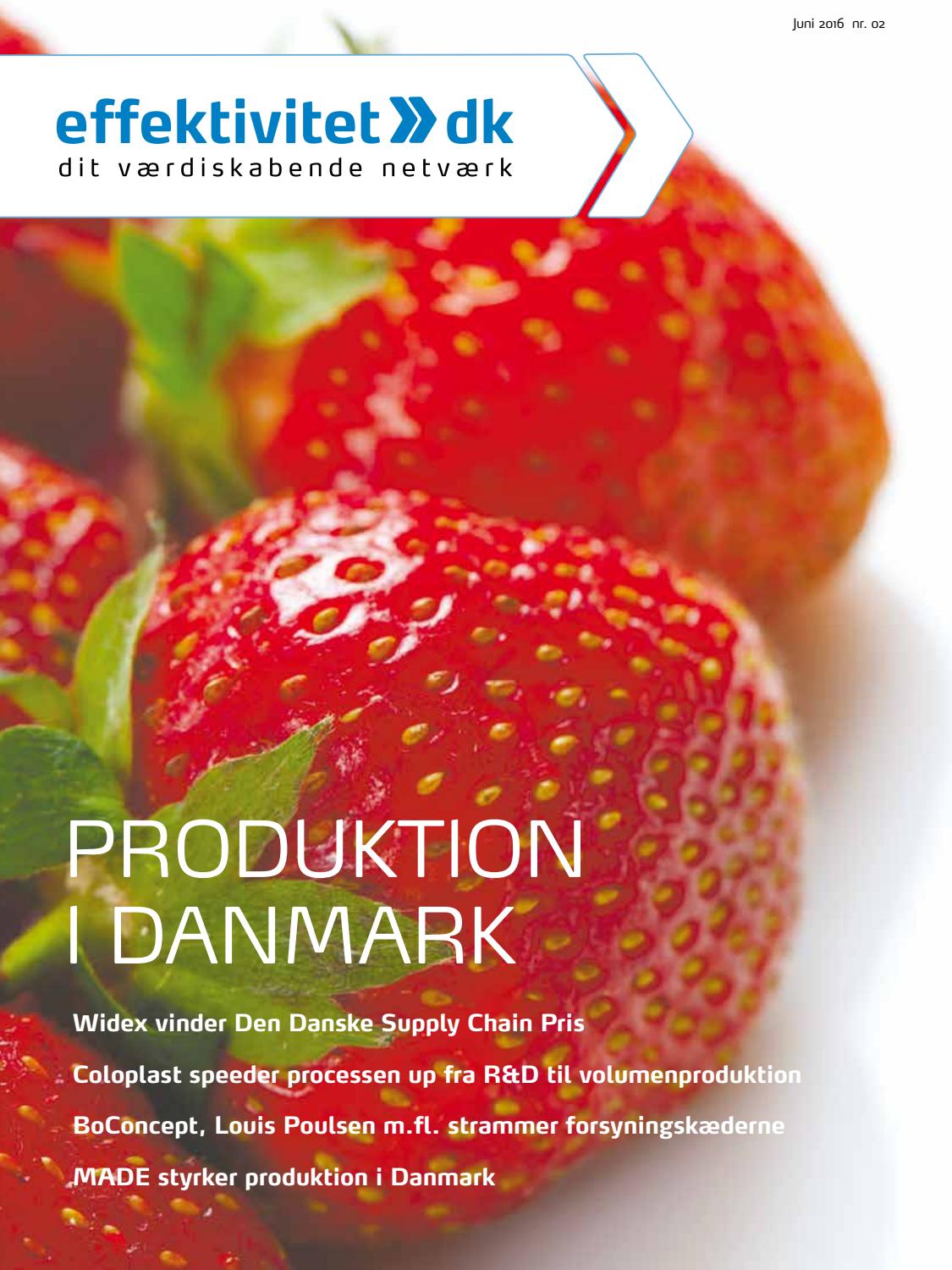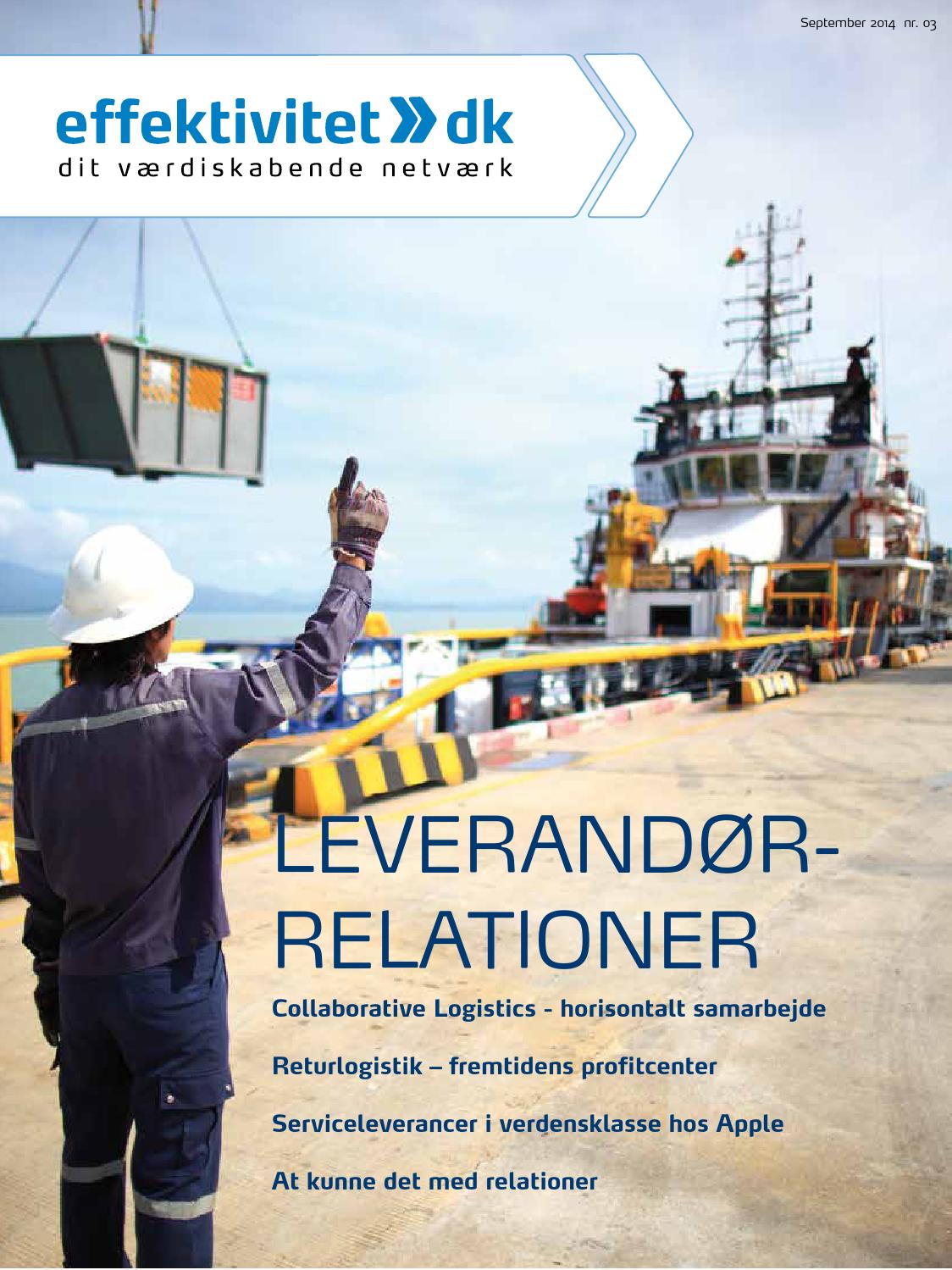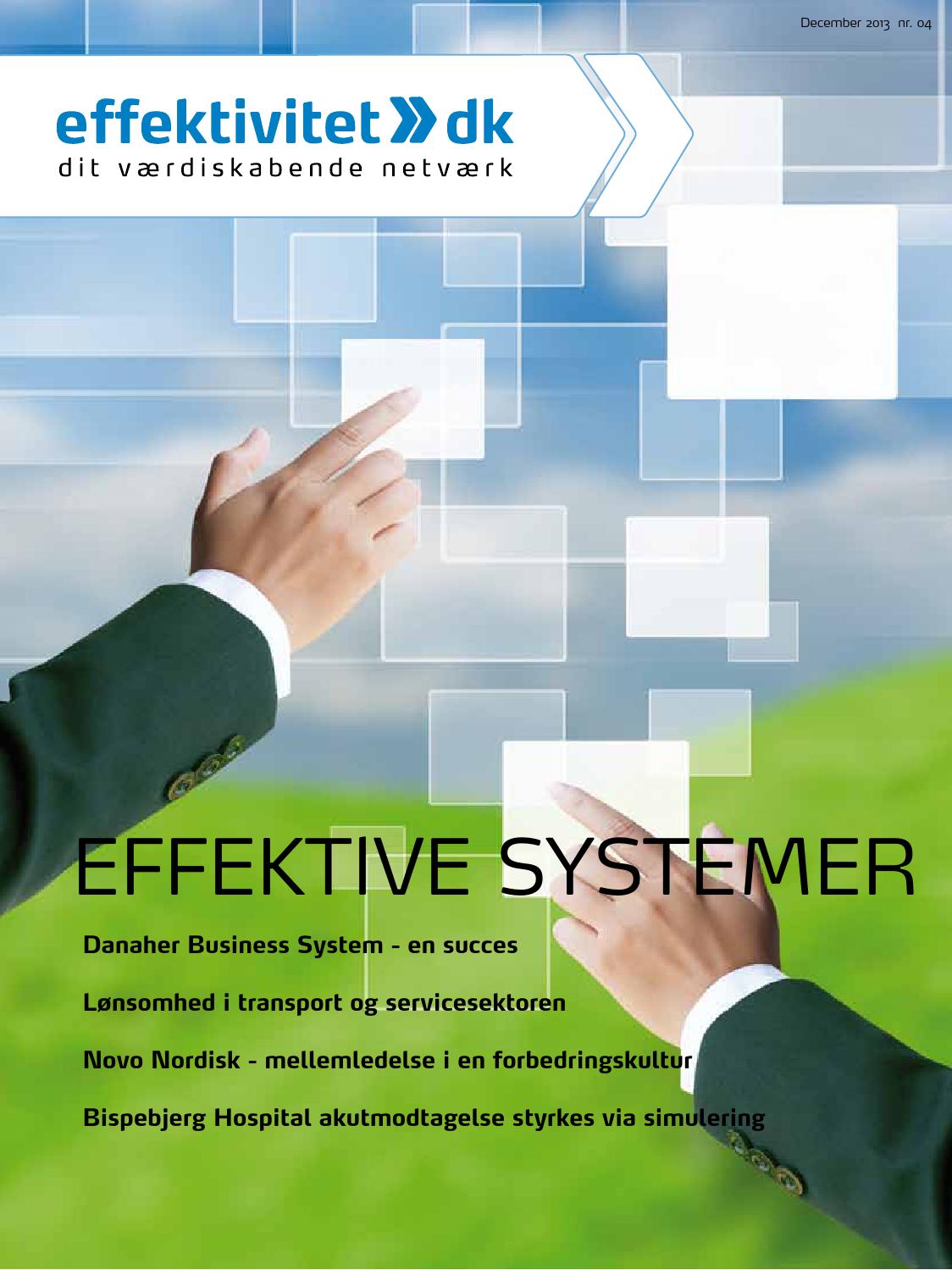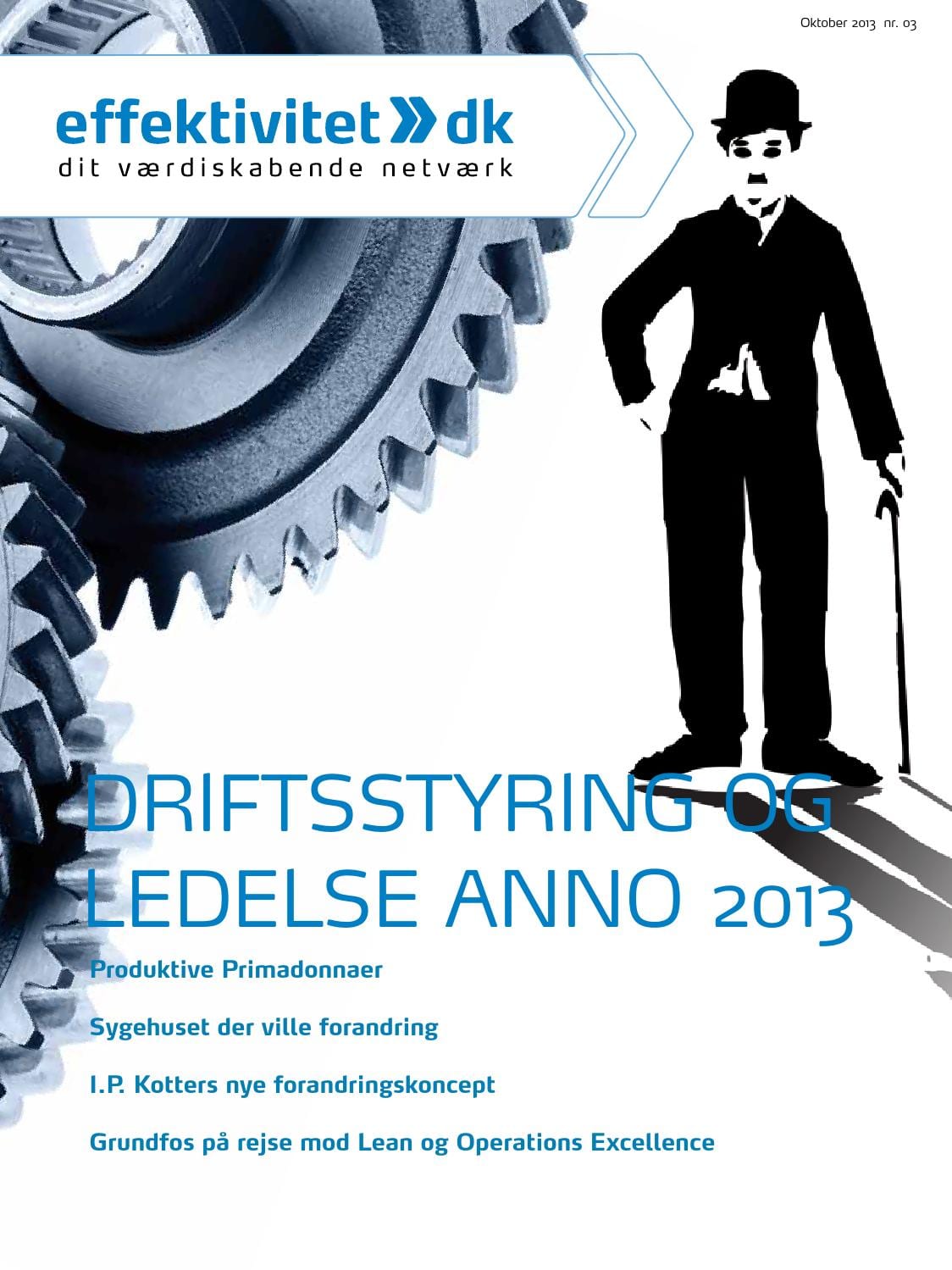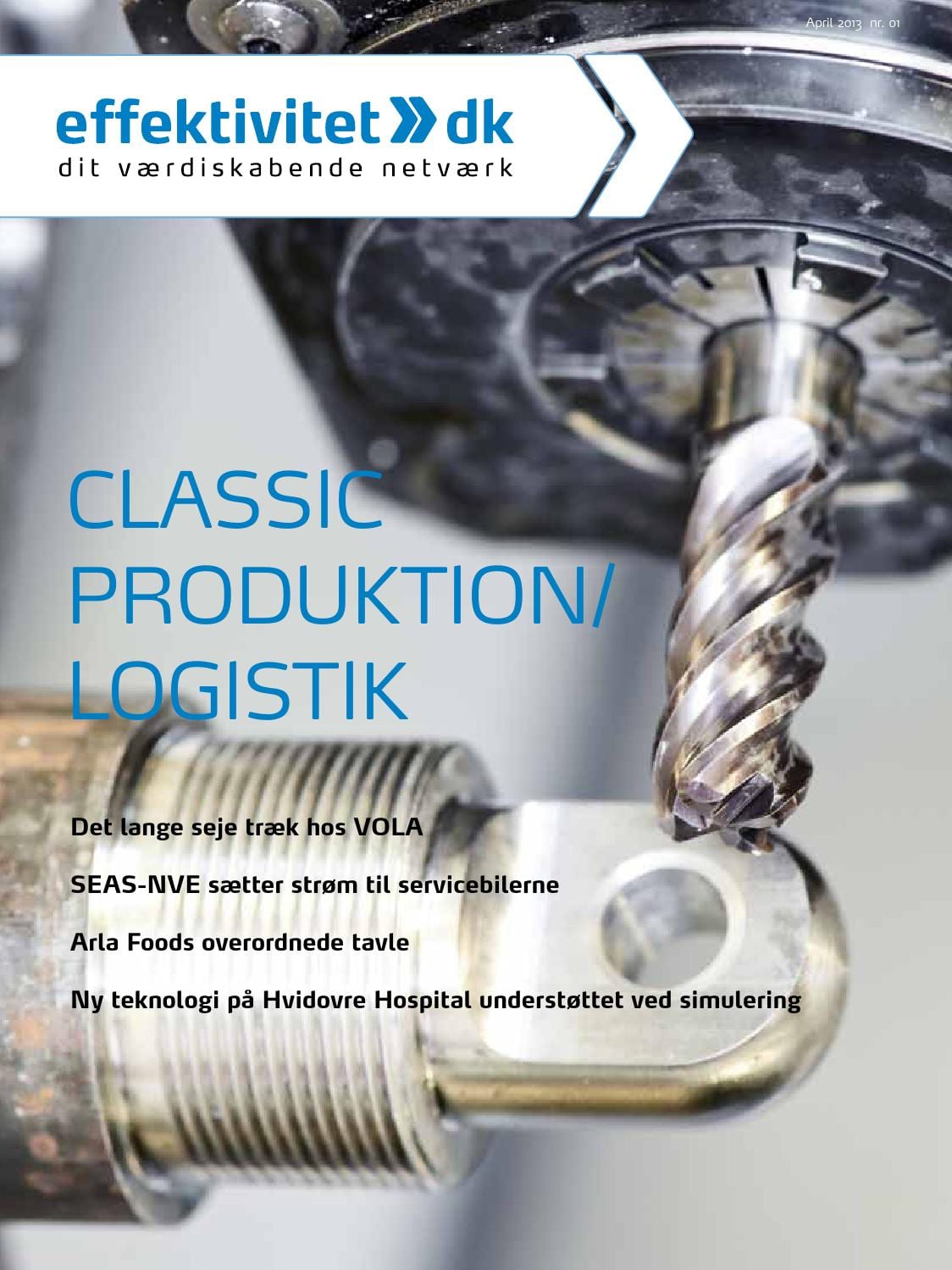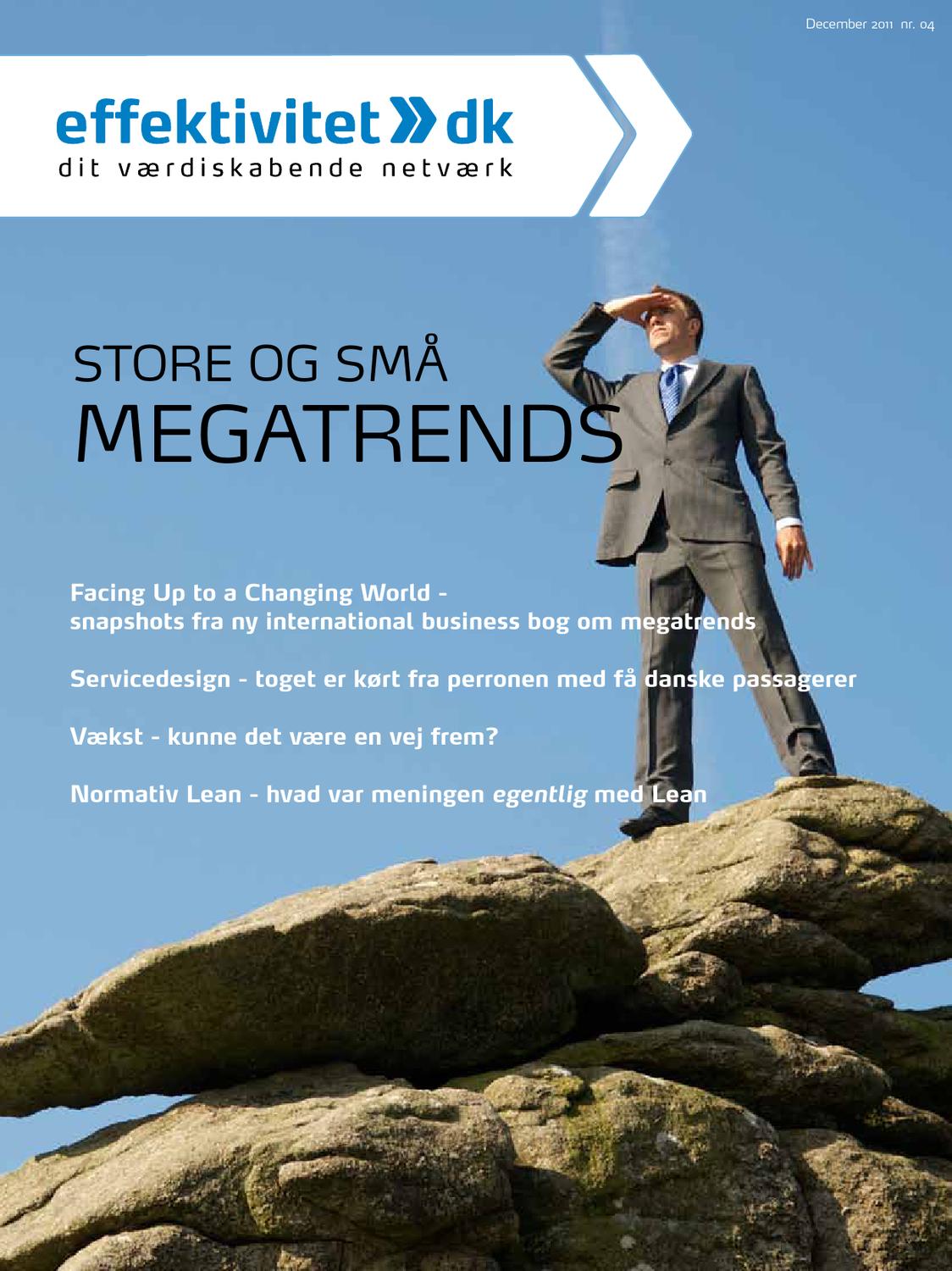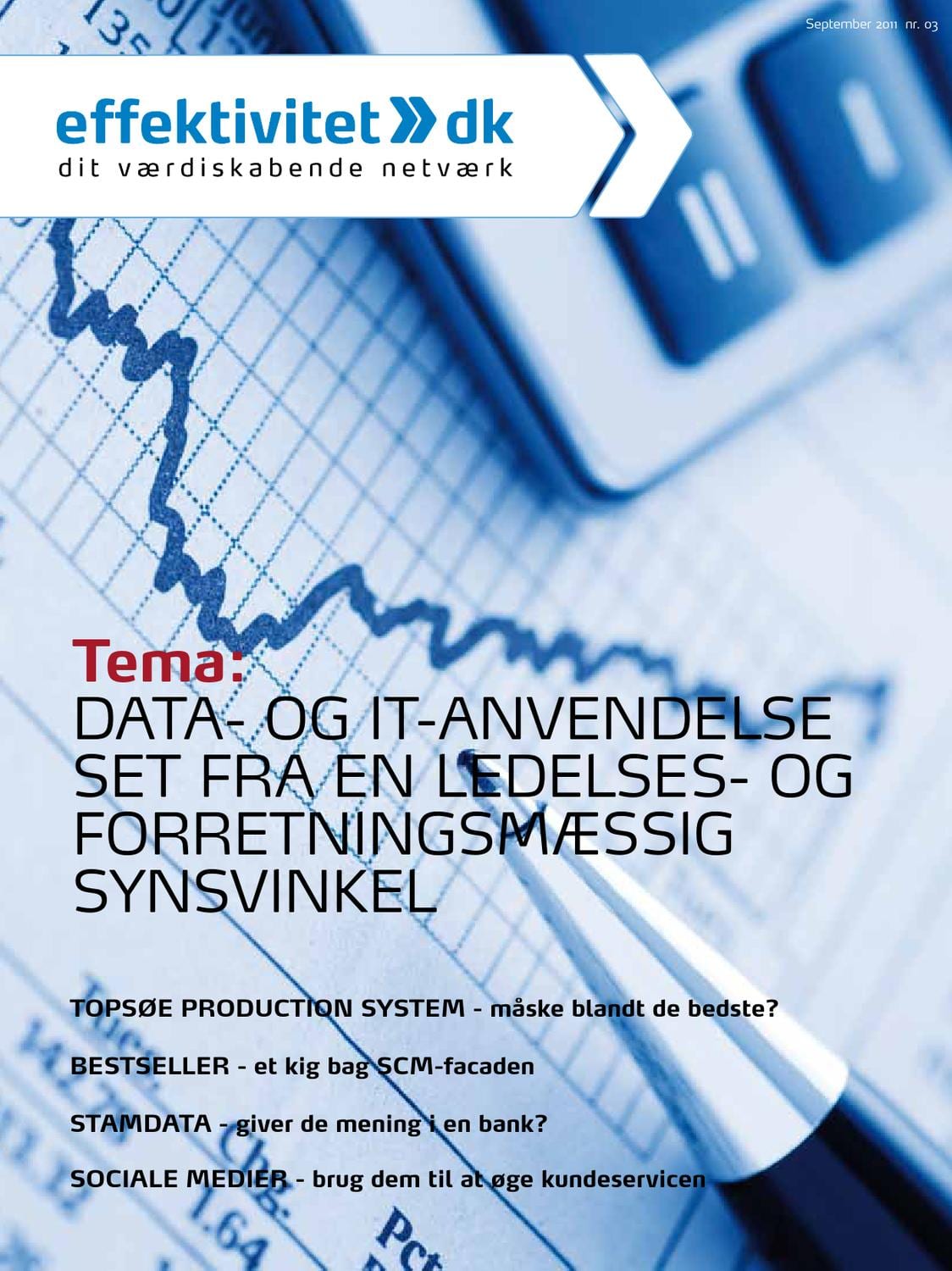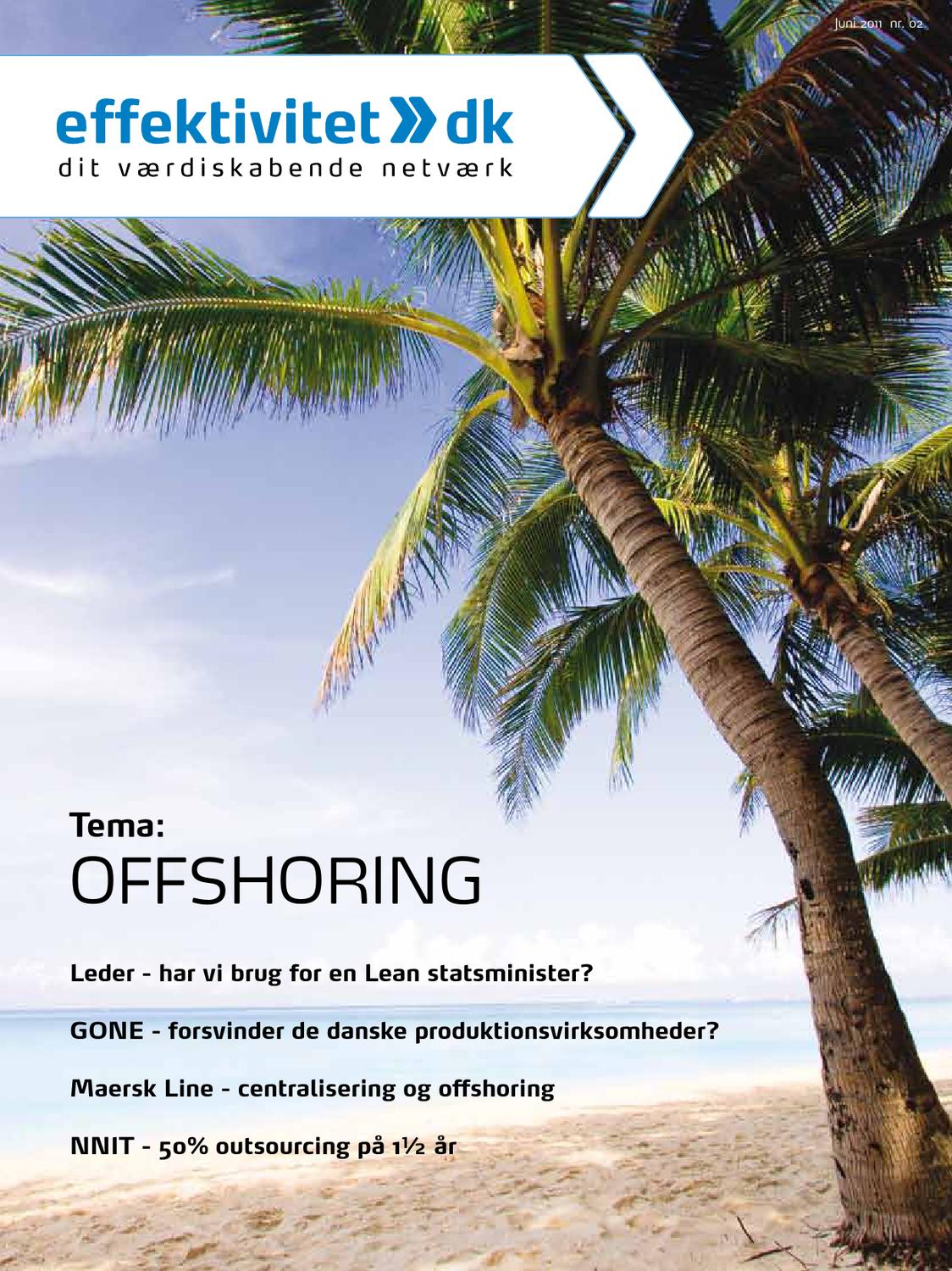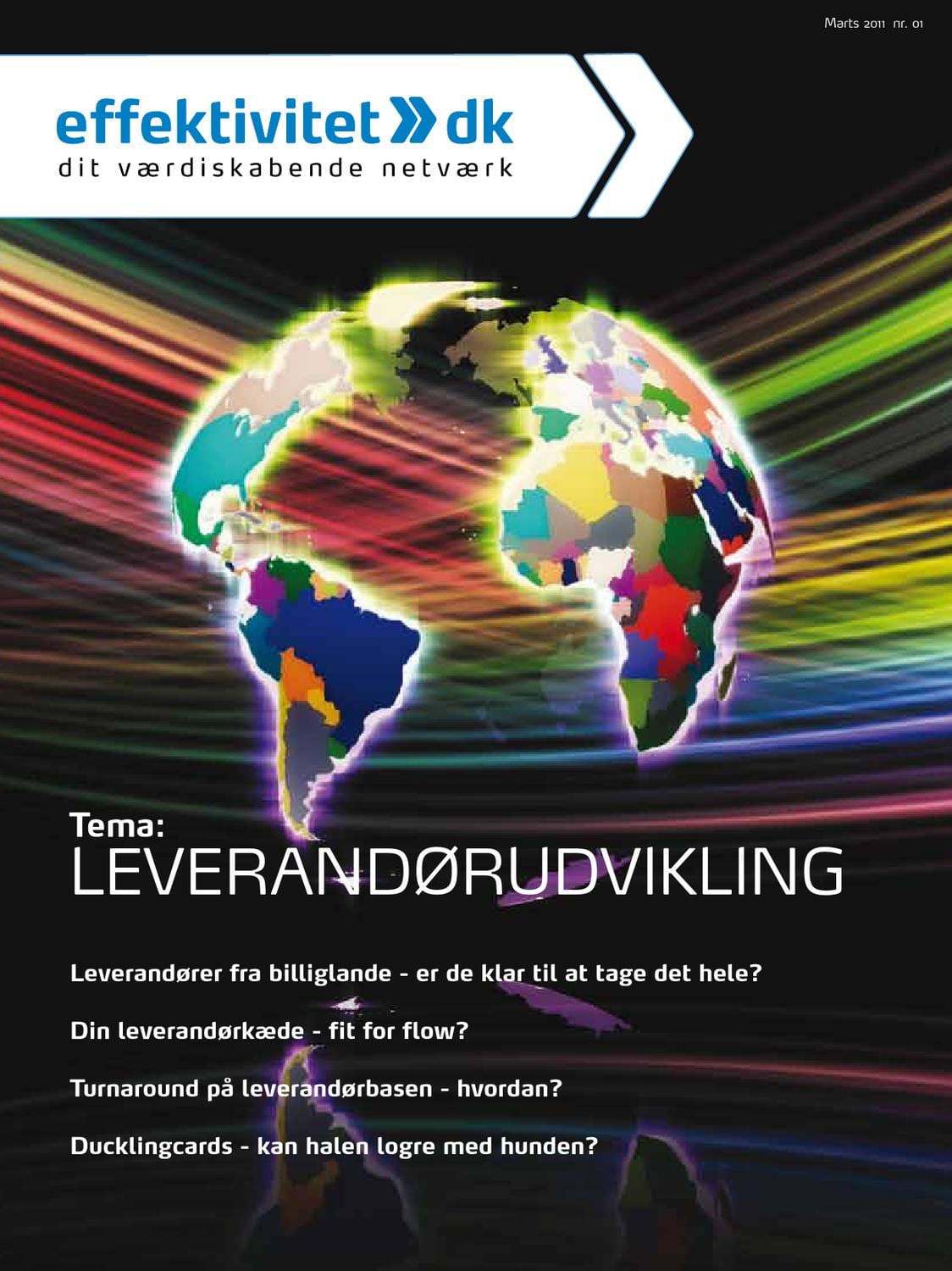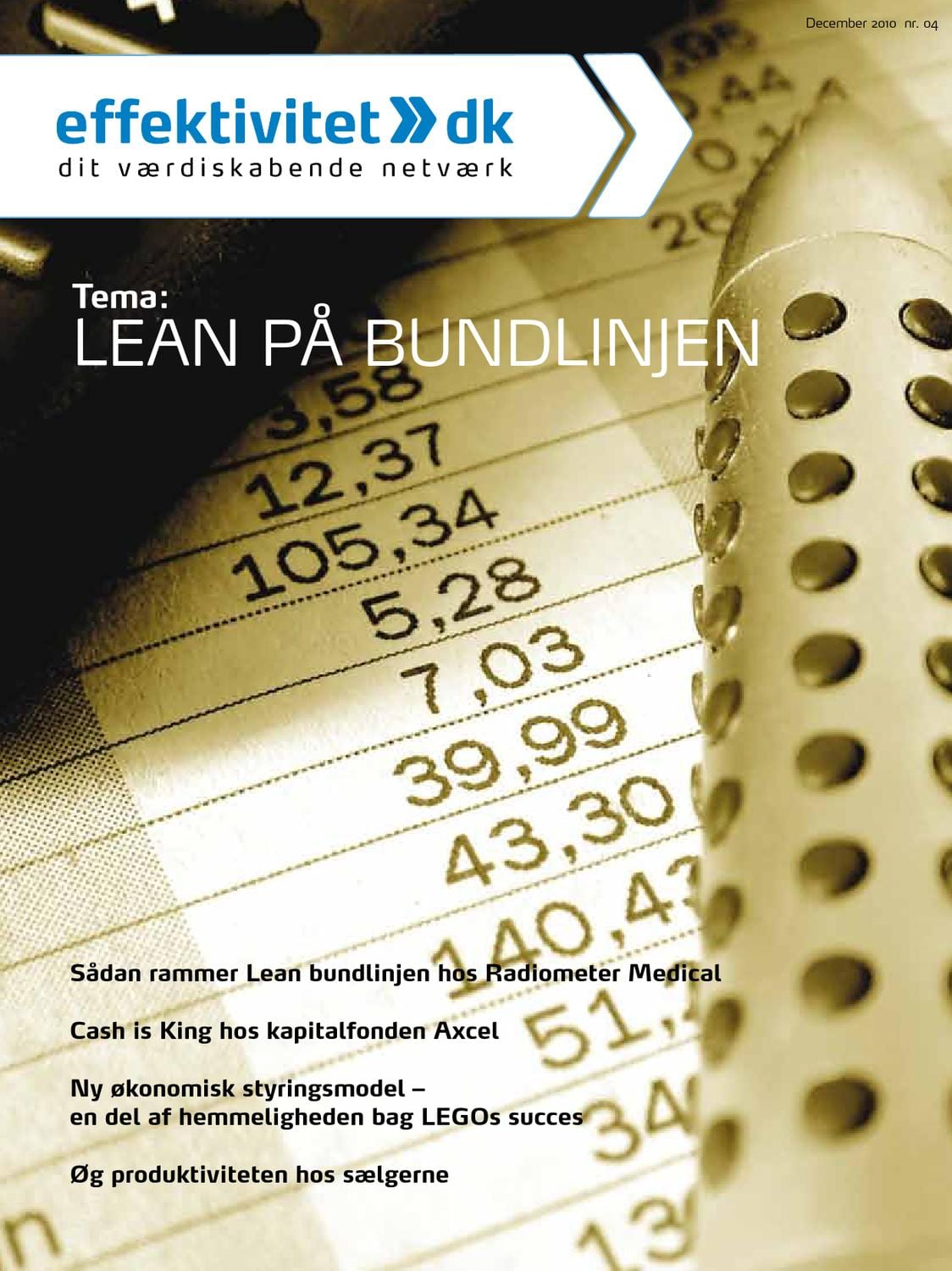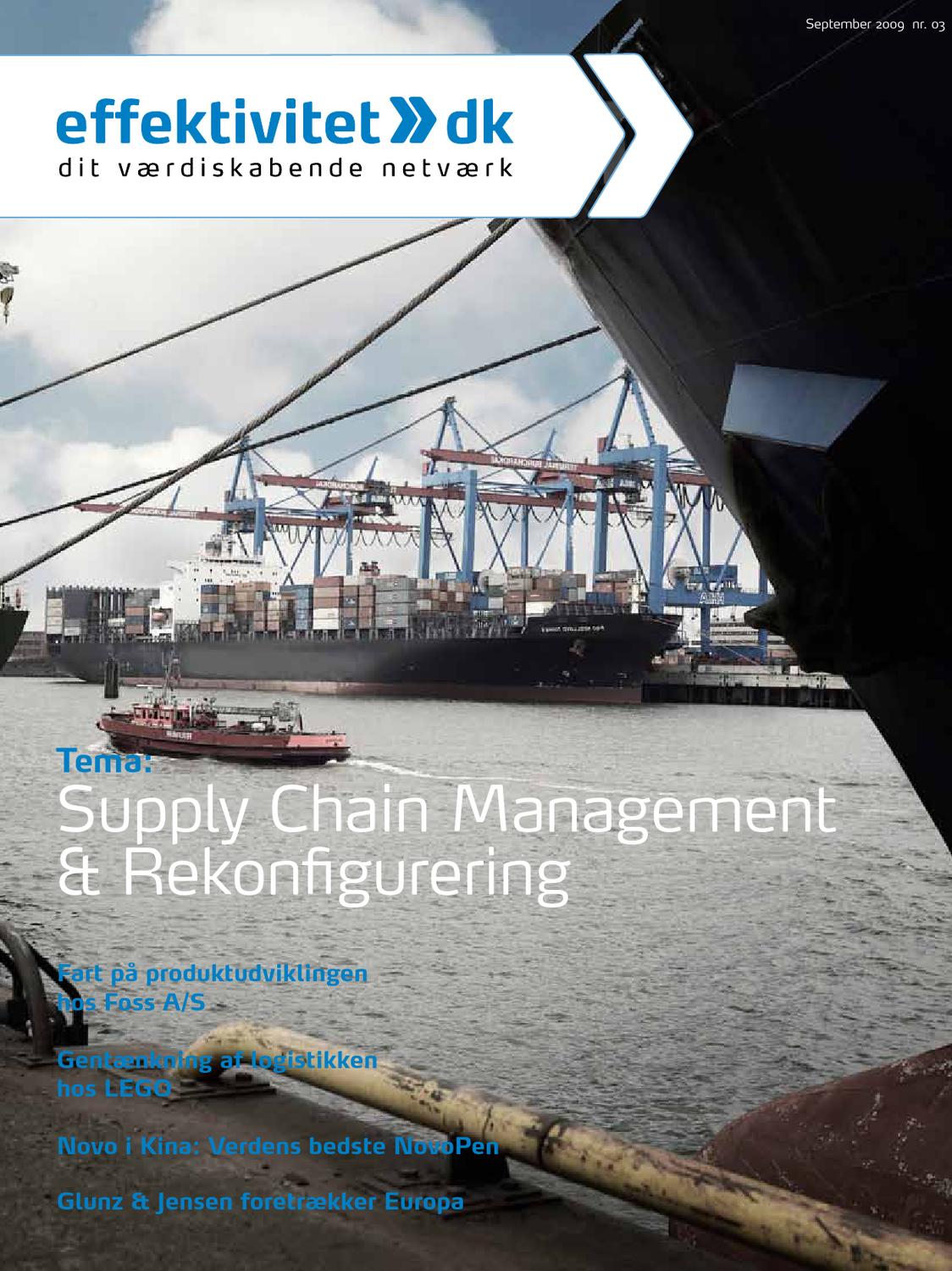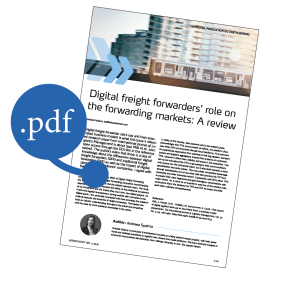 Digital freight forwarder start-ups and their associated business models is what this issue´s selected research paper from International Journal of Logistics Management is about (see Mikl et al, 2021; open access through the DOI-link in the reference below). The authors’ research premise is that there is a lack of knowledge about the differences between digital freight forwarders (DFF) and traditional freight forwarders (TFF) as well as the impact of digital start-ups on incumbent companies. I agree with this premise and the researchers’ point of view.
Digital freight forwarder start-ups and their associated business models is what this issue´s selected research paper from International Journal of Logistics Management is about (see Mikl et al, 2021; open access through the DOI-link in the reference below). The authors’ research premise is that there is a lack of knowledge about the differences between digital freight forwarders (DFF) and traditional freight forwarders (TFF) as well as the impact of digital start-ups on incumbent companies. I agree with this premise and the researchers’ point of view.
The research paper studies the effect of Digital Freight Forwarding companies on Traditional Freight Forwarding companies, benchmarking the features of each category and the relation between them. The study establishes a correlation between the ability of the traditional companies to be competitive and the impact they incur from new digital players. As a last-mile logistics entrepreneur, having worked with innovation in the digital space, I am personally impressed with how accurately the research analysis captures the dynamics of freight forwarders. The readers can build an industry understanding throughout the article and empathize with the need for more academic knowledge in the sector.
A reality of the industry, also captured well in the research piece, acknowledges that TFFs communicate via offline, non-platform channels while DFFs communicate through cloud platforms, AI & chat bots. My observation, after time spent in the operational side of the industry, is that big retailers, transport brokers and logistics aggregators impose their systems on contracted TFFs, because it offers them visibility and power in the interaction. This set-up not only allows the TFFs to go analog in their communications with anyone but the contractual client, but it also leads towards a niche specialization and niche clients. This may create competitive advantage through specialization but on the other side also prevents the TTF from expanding into other industrial sectors. Cooperations with digital freight forwarders allow traditional industry players to expand their client segments and gain leverage in conversations with major clients. So, it came as no surprise to read one of the article’s main conclusions about the tendency for TFFs and DFF to cluster and help each other maintain competitiveness
Reference
Mikl, J., Herold, D.M., Ćwiklicki, M. and Kummer, S. (2021), “The impact of digital logistics start-ups on incumbent firms: a business model perspective”, The International Journal of Logistics Management, Vol. 32 No. 4, pp. 1461-1480. https://doi.org/10.1108/IJLM-04-2020-0155





